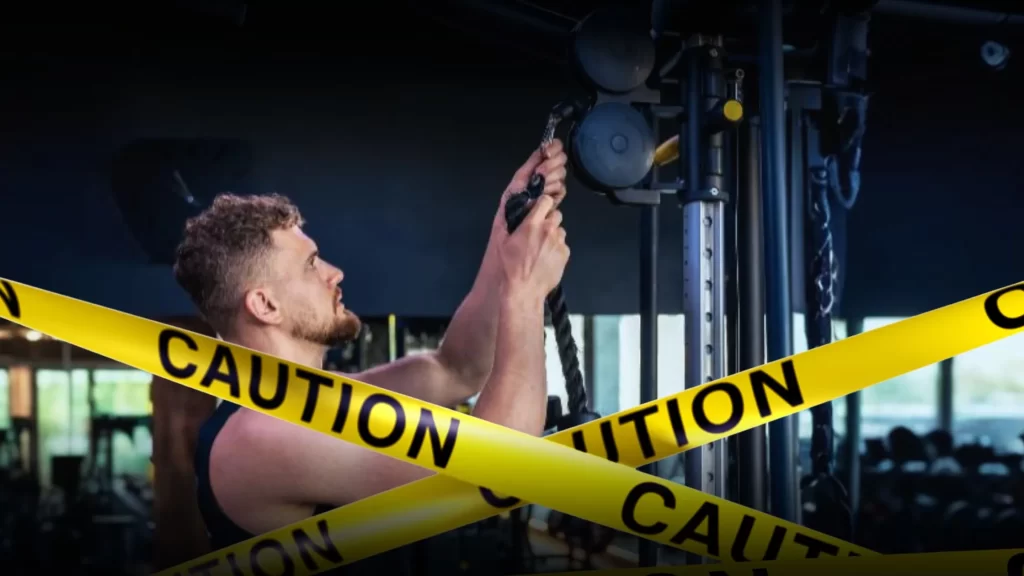When a single piece of equipment sparks chaos, gym owners face financial ruin—and members revolt.
“It Started With a Snap”: A Cable Machine’s $50,000 Domino Effect
When the cable on a lat pulldown machine snapped mid-rep at Iron Peak Fitness in Austin, Texas, owner Mark Thompson didn’t panic—at first. “I figured we’d fix it in a day,” he says. Three weeks later, his gym was still closed, hemorrhaging $15,000 in lost revenue and member cancellations.
The culprit? A frayed steel cable, a backlogged parts supplier, and a lawsuit threat from a member who nearly took a 100-pound weight stack to the face. “One broken machine cost me my entire business,” Thompson admits. “I wish I’d taken maintenance more seriously.”
Why Cable Machines Are a Gym’s Achilles’ Heel
Cable machines are the Swiss Army knives of fitness centers, used for everything from chest presses to leg curls. But their complexity—pulleys, bearings, and high-tension cables—makes them prone to catastrophic failure.
“A broken cable isn’t just a repair,” explains equipment technician Luis Ramirez. “It’s a safety hazard. If one snaps under load, it’s like a whip—it can slice through equipment, walls, or people.” Most gyms shut down entirely during repairs to avoid liability, as insurance often voids coverage if equipment is deemed unsafe.
The 3-Week Shutdown: Supply Chains, Lawsuits, and Member Revolt
When a cable machine breaks, the clock starts ticking:
- Safety Inspections: Gyms must close for 24–48 hours for inspections.
- Parts Delays: Specialty cables and pulleys can take weeks to arrive, especially for older models.
- Member Exodus: “Members don’t care about supply chains,” says L.A. gym owner Priya Shah. “They cancel when their routine is disrupted.”
In 2023, 22% of gym closures lasting over a week were tied to equipment failures, according to Fitness Industry Analytics. Add negative Yelp reviews (“Closed for a MONTH over a stupid machine!”), and the damage compounds.
“We Almost Lost Everything”: A Gym Owner’s Warning
After her cable machine failed, Miami Beach Fitness owner Carla Diaz faced a $30,000 repair bill and a 40% membership drop. “Members posted TikTok rants calling us ‘broken’ and ‘unsafe,’” she says. “Our reputation tanked overnight.”
Legal threats pile up fast. When a cable snapped at Flex Zone Gym in Denver, a member sued for “emotional distress” after narrowly avoiding injury. The case settled for $12,000—but not before local news picked up the story.
Fixing the Unfixable: Can Gyms Avoid This Disaster?
Preventive maintenance is key, but many owners skip it to cut costs. “You wouldn’t drive a car for 10 years without an oil change,” says Ramirez. “Yet gyms ignore equipment until it breaks.”
Solutions:
- Weekly Inspections: Check cables for fraying and lubricate pulleys.
- Backup Equipment: “Have a spare functional trainer,” advises Shah. “It’s cheaper than closing.”
- Emergency Funds: Save 5% of monthly revenue for repairs.
The Bottom Line: “Your Gym Is One Snap Away From Collapse”
For small fitness centers, a broken cable machine isn’t just an inconvenience—it’s existential. “The margins are too thin to survive a shutdown,” says Thompson, who sold Iron Peak Fitness after his ordeal. “If you’re not paranoid about maintenance, you’re gambling with your livelihood.”


